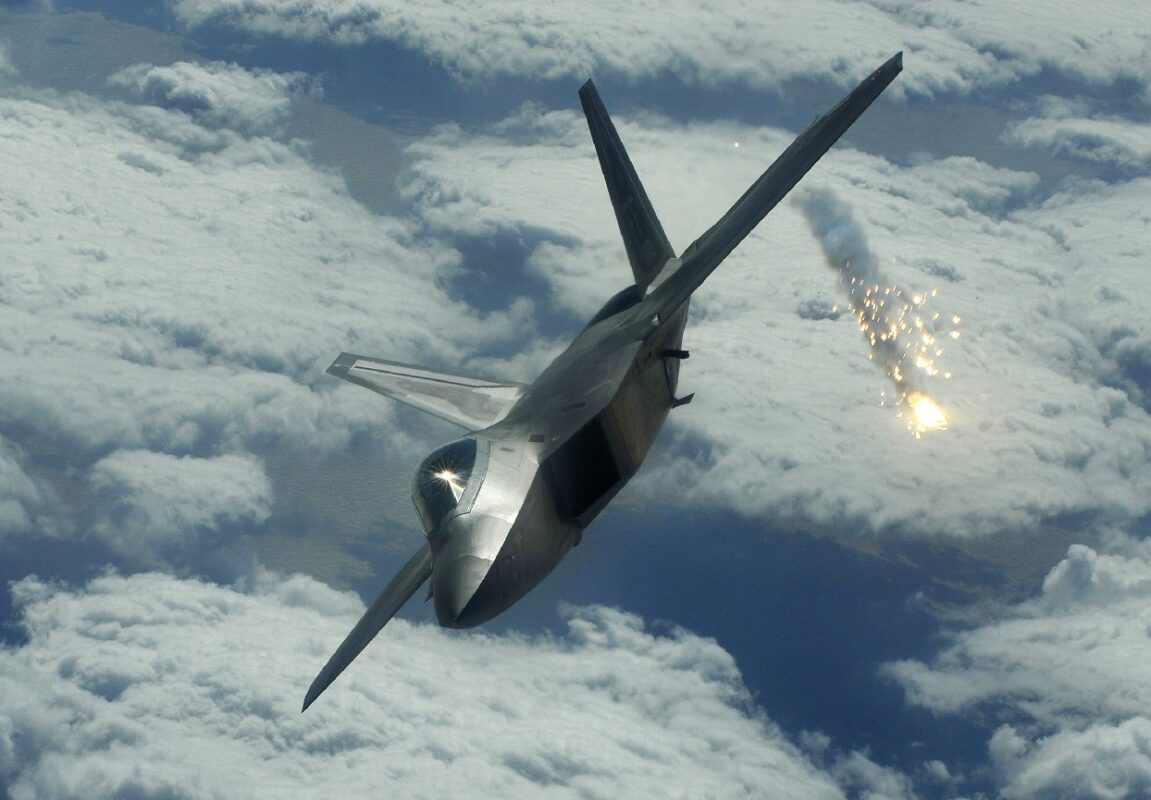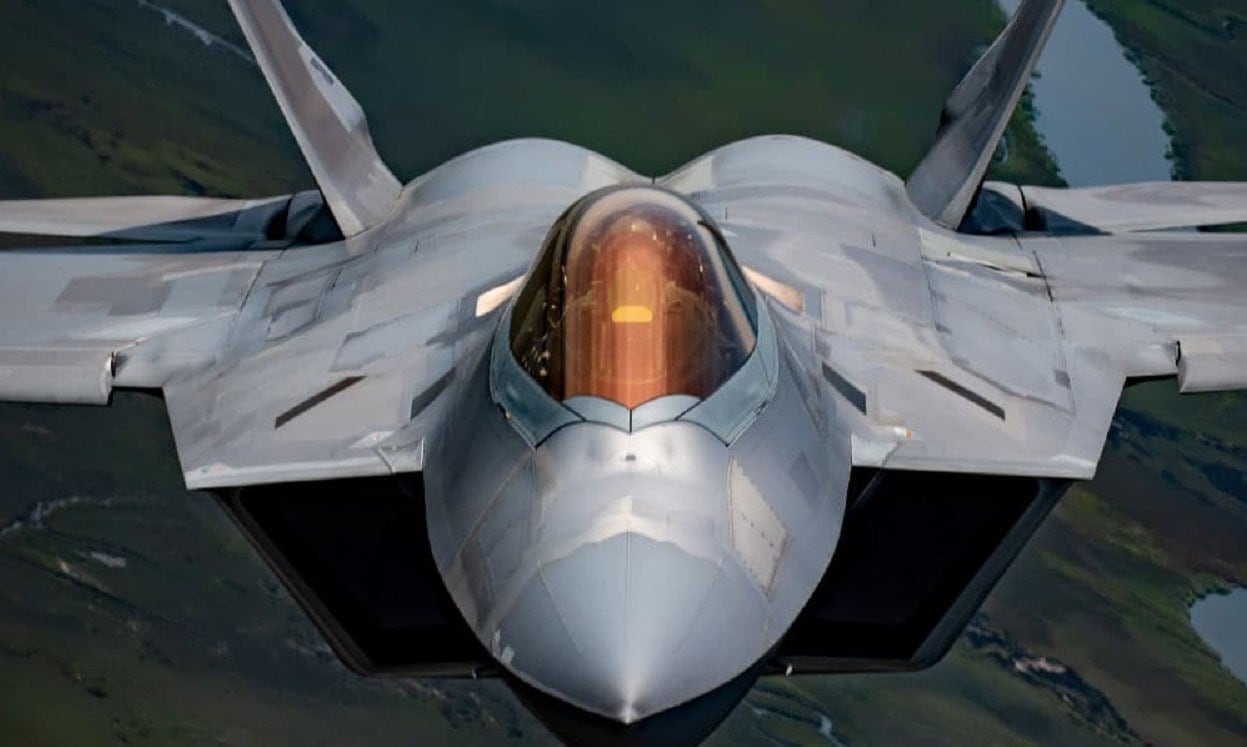Reports broke last month that US Air Force wants to retire roughly quite a few F-22 Raptor stealth fighters. Why would they do that considering how expensive they were to make and how many nations around the world would love to have 5th generation stealth fighters. If the United States Air Force gets its way, nearly a dozen of Tyndall Air Base’s (AFB’s) Lockheed Martin F-22 Raptor fighter jets could be retired and sent to the “boneyard” at the Davis-Monthan AFB in Tucson, Arizona. The aircraft have been operating out of the nearby Eglin, AFB in Florida since Hurricane Michael significantly damaged Tyndall in October 2018.
The current plan has been to move the F-22 training unit to Langley AFB in Virginia, but Air Force officials would instead like to divest 33 of the service’s oldest F-22s and use that money to research cutting-edge combat jet designs under the “Next-Generation Air Dominance” program. The Air Force has said that it would cost $1.8 billion over the next eight years to upgrade those early fifth-generation stealth fighters from training aircraft to combat fighters – and suggested the money would be better spent on upgrading to newer F-22s with more advanced sensors and investing in the Lockheed Martin F-35A Lightning II.
However, that will still need Congressional approval. If that should happen, all but three Block 20 Raptors would head to the “boneyard” and shrink the overall fleet of the F-22s from 186 to 153.
F-22 – The First Fifth-Generation Fighter
Development of the F-22 began in the 1980s as part of the United States Air Force’s Advanced Tactical Fighter (ATF) program. Lockheed and Northrop were respectively selected to develop the YF-22 and YR-23 technology demonstrator aircraft, which were evaluated in 1991. Lockheed’s YF-22 “Lightning II” was selected and then developed into the F-22 Raptor – while the “Lightning II” name, to honor the World War II P-38 Lightning, was used with the F-35 Joint Strike Fighter.
Now more than three decades since the ATF program, the Lockheed Martin F-22 Raptor is widely regarded as the most dominant fighter in the world. It is especially respected for its dogfighting ability and air-to-air maneuverability attributes which many contend separately it into a superior category compared with any other potential rival.
Despite the fact that it entered service in 2005, it has steadily been updated. The Raptor was engineered with a unique weapons ability, a dynamic which has in recent years been massively upgraded. The Air Force, Raytheon and Lockheed have integrated performance-enhancing software upgrades into the F-22s weapons, to include the construction of newer AIM-120D and AIM-9X air-to-air weapon variants, which can be employed in its air-to-air configuration.

A F-22 from Kadena Air Base in Japan put out Flare during a training flight.
The United States Air Force originally had planned to buy a total of 750 twin-engine, all-weather advanced stealth aircraft, but the program was cut short to just 187 operation production aircraft due to the high cost. The last F-22s were delivered in 2012, and now it seems that its days could be number.
Air Force officials have noted the fifth-generation stealth aircraft simply lacks the magazine depth as well as the range required to meet the role for the service’s air superiority fighter in the next decade. That doesn’t mean the F-22 Raptors currently in service will be sent out to pastures and museums anytime soon, but unlike the Lockheed Martin F-35 Lightning II, the Raptor won’t be flying high into the 2070s.
Now a Senior Editor for 1945, Peter Suciu is a Michigan-based writer who has contributed to more than four dozen magazines, newspapers and websites. He regularly writes about military hardware, and is the author of several books on military headgear including A Gallery of Military Headdress, which is available on Amazon.com. Peter is also a Contributing Writer for Forbes.

